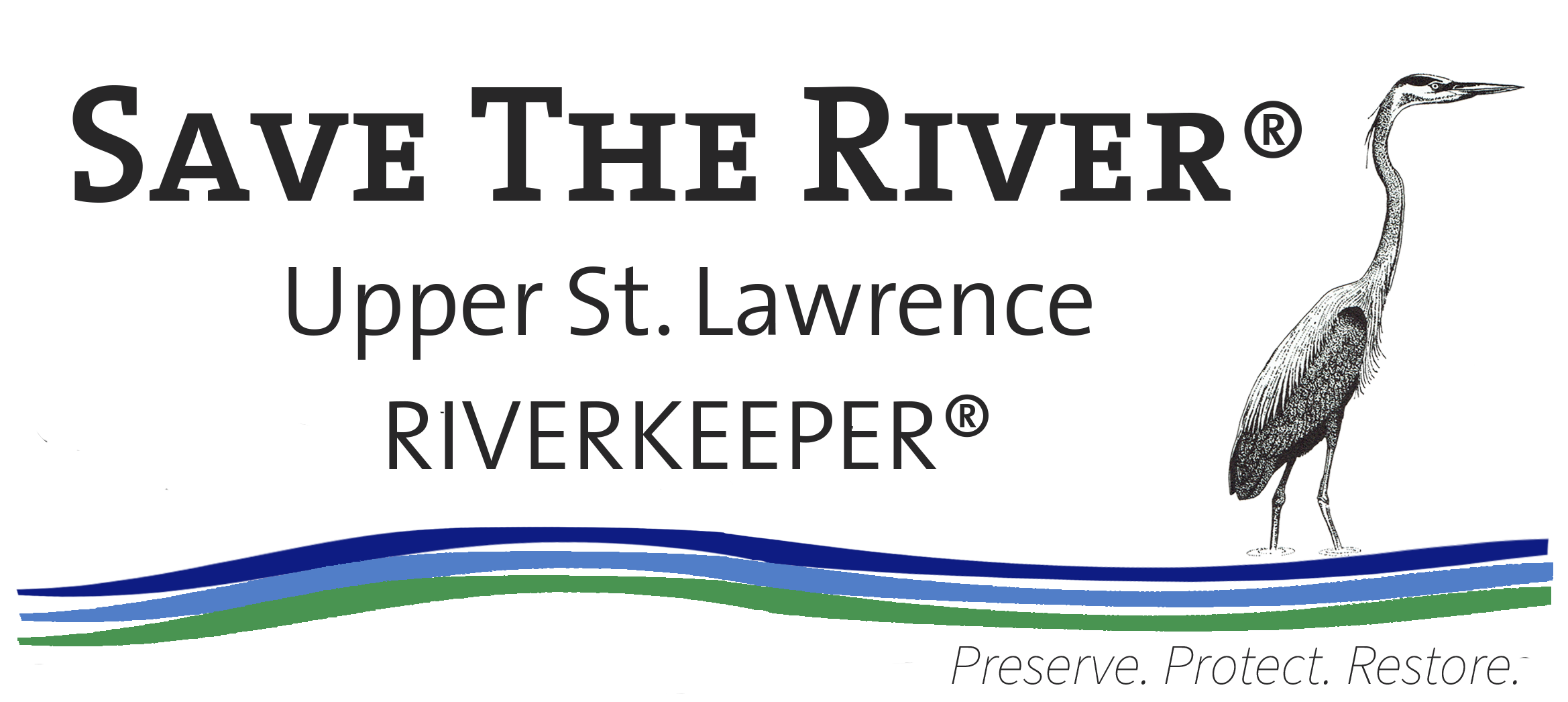A leach field is constructed of perforated pipes buried in trenches lined with stone or gravel. Effluent from the septic tank or aerobic system is directed to the pipes by a distribution box (see Glossary), and seeps through the perforations into the gravel and soil, eventually reaching groundwater. Evaporation also contributes to the secondary treatment process, especially during warm, sunny periods when leach fields are grassy and open to the sun.
Percolation through at least six inches of dry soil has been shown to remove most coliform bacteria, although chemical constituents of wastewater such as nitrates and chlorides are not removed. Research has shown that the soil may also serve to remove and/or transform the nitrogen and phosphorus in wastewaters percolating through them.
Sizing a leach field depends on the location on site, slope, size of household and flow rate of effluent, and soil percolation rate.
In collaboration with:
Eric E. Murdock, P.E.


